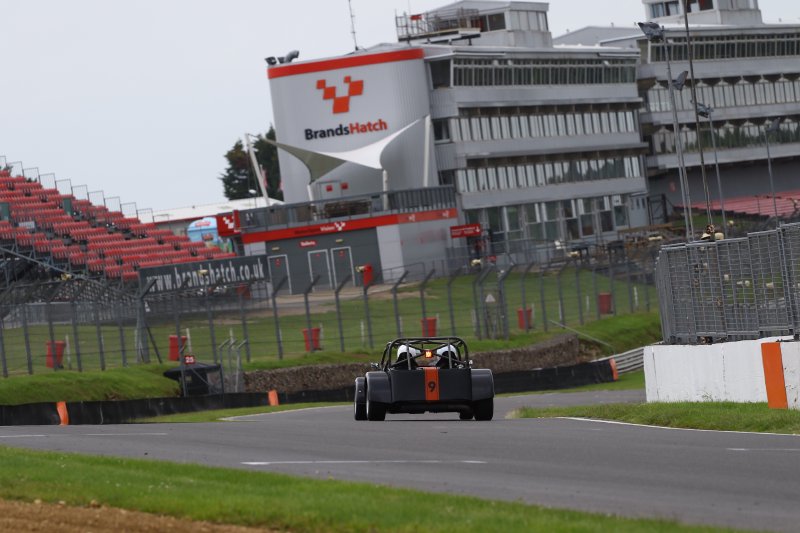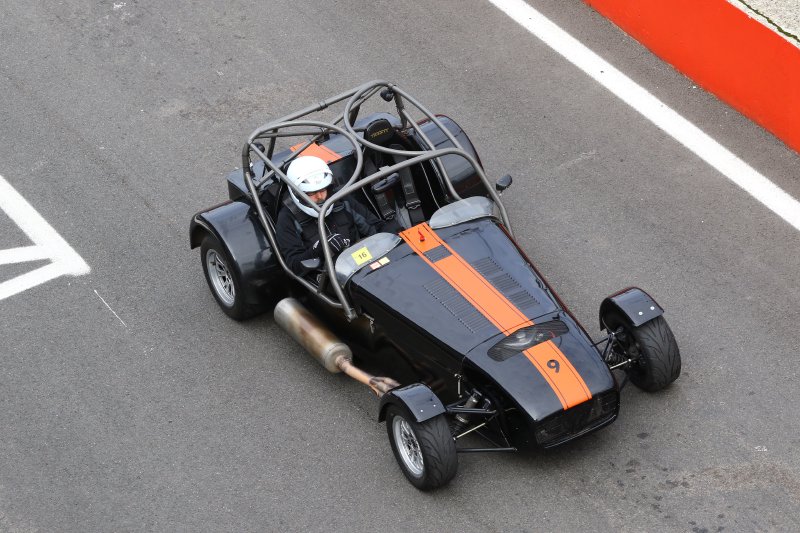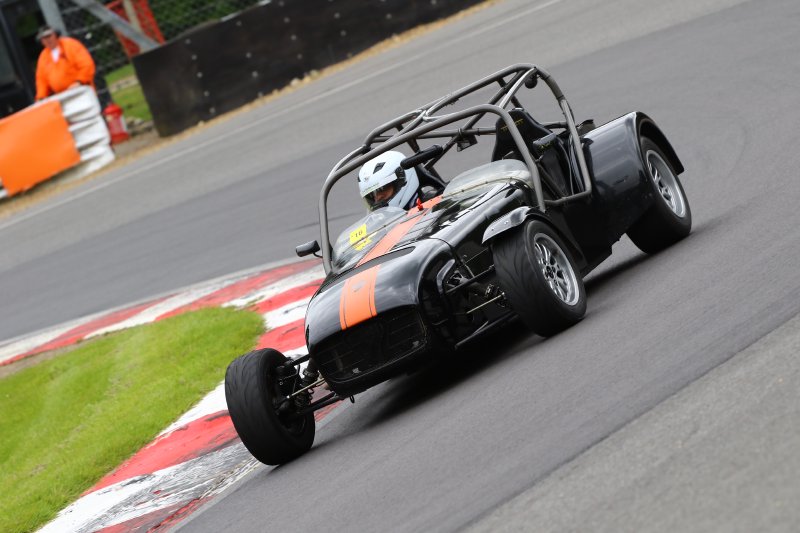Brands Hatch
When I was around five or six my Dad took us a couple of times to the Formula One, both at Brands Hatch and at Silverstone. My only real memories of the event now are the traffic jams and my being sick so Dad had to bring us home early, something I feel most guilty about now I’m an adult and understand the pain in getting to such events, sorry Dad. But these memories, as vague as they may be, still made it all the more special when this week I got to drive the circuit at Brands Hatch for a day: I’d one been here as a kid besotted with F1, and now I was going to be challenging myself on the twists and turns of that famous circuit. Something my 35 year ago self would never have believed would happen.

Brands Hatch is a track I’ve become quite familiar of in the last year, thanks to its inclusion in Forza Motorsport 6. Some friends and I would run a weekly fastest lap challenge, and we used both circuit configurations on Brands Hatch, so I put a lot of hours into it, and learned to love it for its technical challenges, particularly the the longer GP circuit configuration. This configuration is actually not used much these days due to noise restrictions, so when I spotted a track day open up on the GP circuit, that same circuit I’d’ve watched as a kid, I leapt at the opportunity to go.
Having long ago read Jonathan Gitlin’s piece in Ars Technica about whether you can learn to race a real track using video games, I was curious to see how well the countless virtual hours I’d spent lapping Brands Hatch in Forza would help or hinder me in real life. Would it just be too different that it’d not help, would I have learned some bad habits in the virtual game that I’d need to unlearn? I was already aware from doing track time previously that virtual driving, as fun as it is, really doesn’t come close to the physical experience of real driving. Track driving is not like regular driving – you’re having to constantly pay attention to every detail, you’re accelerating hard, you’re breaking even harder, it’s both physically and mentally quite a workout, something impossible to recreate properly in your living room.

When I got to Brands Hatch for the first time in over three decades, the first thing that became immediately obvious to me was that the virtual video game experience just does not convey properly the elevation changes in the track. I know from Forza that Brands was hilly, but the two dimensional projection on your TV that is free from really world effects like gravity and momentum acting on your body just do not get across to you how steep a lot of the track is. This meant a lot of my assumptions about the track were out of the window immediately. I’ve no idea what Forza can do to get this across – whether it is just the lighting in the game, or they need to make it slightly more caricatured to get it across better, but it was quite an eye opened that after the steep dip down as you turn right off the start/finish straight, what in Forza feels like a gentle climb up to the hairpin is in fact an immediate steep climb, like a sharp drop and climb in a roller-coaster. Quite sensational to drive and master. Similarly, the slightly less aggressive dip and climb on the back section of the track is visually conveyed in Forza, but I was unprepared for the G-force shift on my body, as you’re going quite quick at that point, and as the road takes your car up your body takes a moment or two to realise it’s not still going down.

And these differences made me love Brands Hatch as a track all the more. What I like about track driving, over regular driving, is it’s a challenge to master, at the same time as being quite exhilarating. Anyone with a right foot (and, given technological advances, those without too) can make a car go fast in a straight line: just press the accelerator hard. There’s no challenge to that. What I love about track driving is being able to string corners together whilst keeping speed up to get a fast lap, better than the one I did previously. That takes planning, experience, judgement; the fastest line through a corner does not mean having the most velocity, it means balancing speed and position perfectly, something that is hard to get right, but feels great when you nail it. And then there’s trying to nail it consistently, which is another challenge too.
Thankfully, given that my learning on Forza was out the window due to the elevation changes, I had some one on one tuition booked (included as part of hiring a car with book-a-track, I assume to make sure you hand the car back in one piece). After twenty minutes adjusting to the elevation changes and learning the lines, Brands Hatch came back to me. Thus by the time I had my afternoon tutorial session, I was actually on top of where the racing line was, so rather than continue to learn the track, we worked on my technique, which was wonderfully educational (many thanks to Richard, my tutor, for that). So although I had to relearn the track, my time in Forza did make that settle in much more quickly, allowing me to get more consistent earlier in the day than for my friend attending who hadn’t experienced the track before.

In the afternoon there was light rain, forcing us to slow down, but that was actually quite good from a learning perspective, as it forced you to slow your pace, and you could work on your lines, an opinion I found shared amongst fellow drivers in the paddock at Brands Hatch for the first time. There’s one particularly hard corner on the back section, called Sheene Curve, which is a medium tightness right hander at the top of a climb; what makes it really quite tricky is you need to commit to turning into it before you’ve crested the hill if you want to get the best line through it. In the dry, I was carrying sufficient speed my nerve wouldn’t let me, forcing me to ironically go slower through the corner. But the damp afternoon conditions gave me more space to place and anticipate and work on my position, so by the end of the day I had the line nailed, and I was taking that section quicker despite the damp.
By the end of the day, despite being hugely tired, I was very happy. I’d got the privilege of driving a classic racing circuit from my childhood, and managed to unlock some of its secrets at the same time as improving my overall technique.
I went back to Forza the following day just to check how it compared, and elevation issues aside, it’s pretty damned spot on. All the breaking markers were in the right place, even the painted line on the track in one section that I used to judge an apex was there. As true testament though, I was able to disable all driver hints, and just drive the line I drove on the real track and nail the corners fine, including the blind apex.
Forza has a limited selection of UK tracks, making it hard to repeat this education before going on tracks that I’d like to tackle next (at least until I realise my dream and get on track at Laguna Seca). Thankfully there’s another racing simulator, Project Cars, that includes tracks like Cadwell Park, Donnington, and Snetterton, so now I can get to planning my next track day.
- Next: The first Electric Flapjack guitar is complete
- Previous: Optimistic
- Tags: caterham, driving, Forza